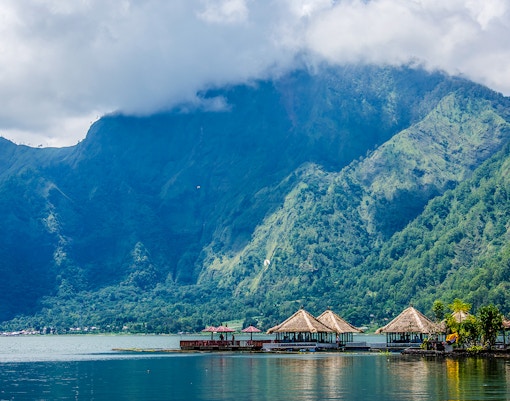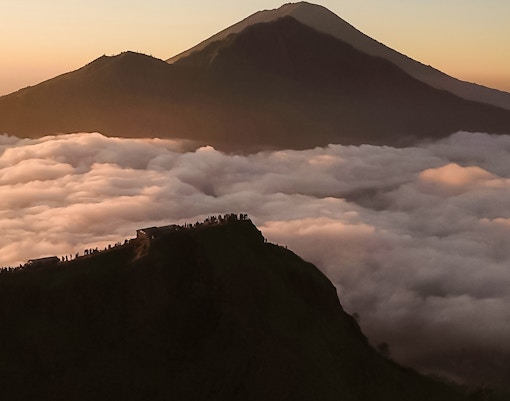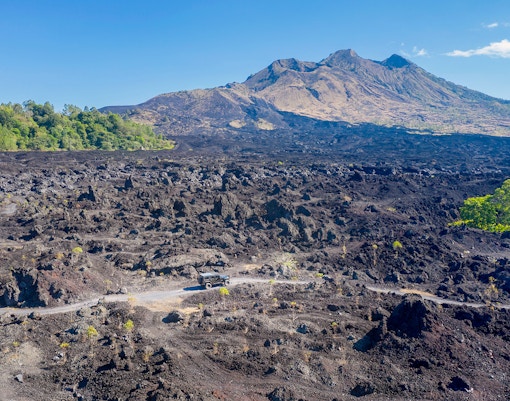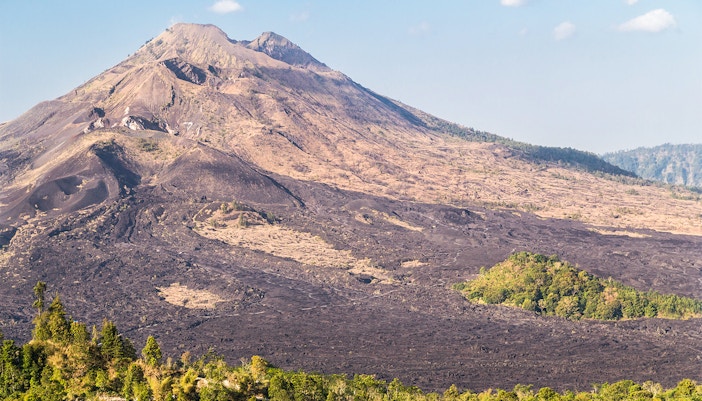Understanding Mount Batur’s volcanic activity
Mount Batur is what’s known as a stratovolcano which is basically a tall, cone-shaped volcano built up by layers of hardened lava, ash, and rock. These types of volcanoes tend to erupt explosively, but not all the time. What makes Batur unique is that it sits inside a massive caldera, formed by two catastrophic eruptions over 20,000 years ago. So when you’re hiking up Mount Batur, you’re actually standing in the younger cone, surrounded by the collapsed walls of an ancient volcano.
The magma that fuels Batur comes from deep below the Earth’s crust, where tectonic plates are constantly shifting. Indonesia lies along the Ring of Fire, a horseshoe-shaped zone around the Pacific Ocean that’s packed with volcanoes and earthquake zones. Here, the Indo-Australian Plate is diving under the Eurasian Plate in a process called subduction. As one plate slides beneath the other, rock melts into magma, which then rises toward the surface.
This is the reason why Indonesia has so many active volcanoes, and why Mount Batur occasionally erupts. When pressure builds up inside the magma chamber, it looks for a way out. Sometimes this results in ash clouds and lava flows; other times it might be a glowing crater or minor venting. The type of eruption depends on how thick the magma is and how much gas is trapped inside.
If you think about it, Batur’s recent eruptions in 1917, 1963, 1994, and 2000 all follow this basic cycle. Pressure builds, the volcano releases it, and the land reshapes just a bit more. The good news is: all this activity is carefully monitored today. But we’ll get into that in the next section.











